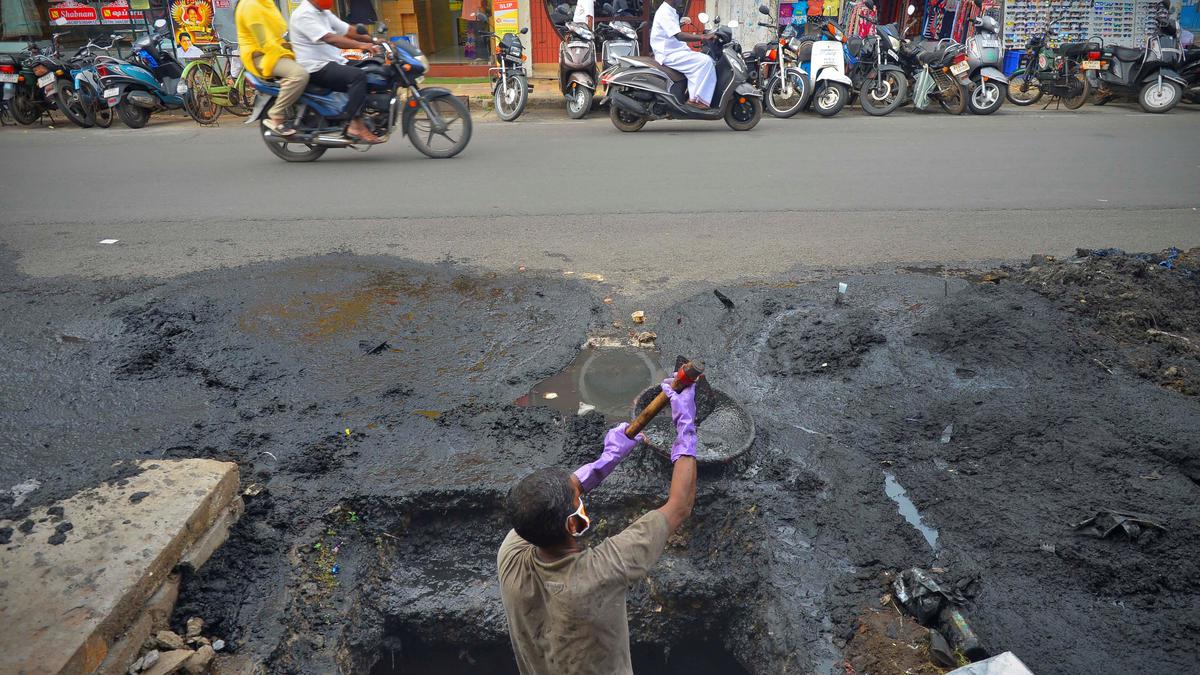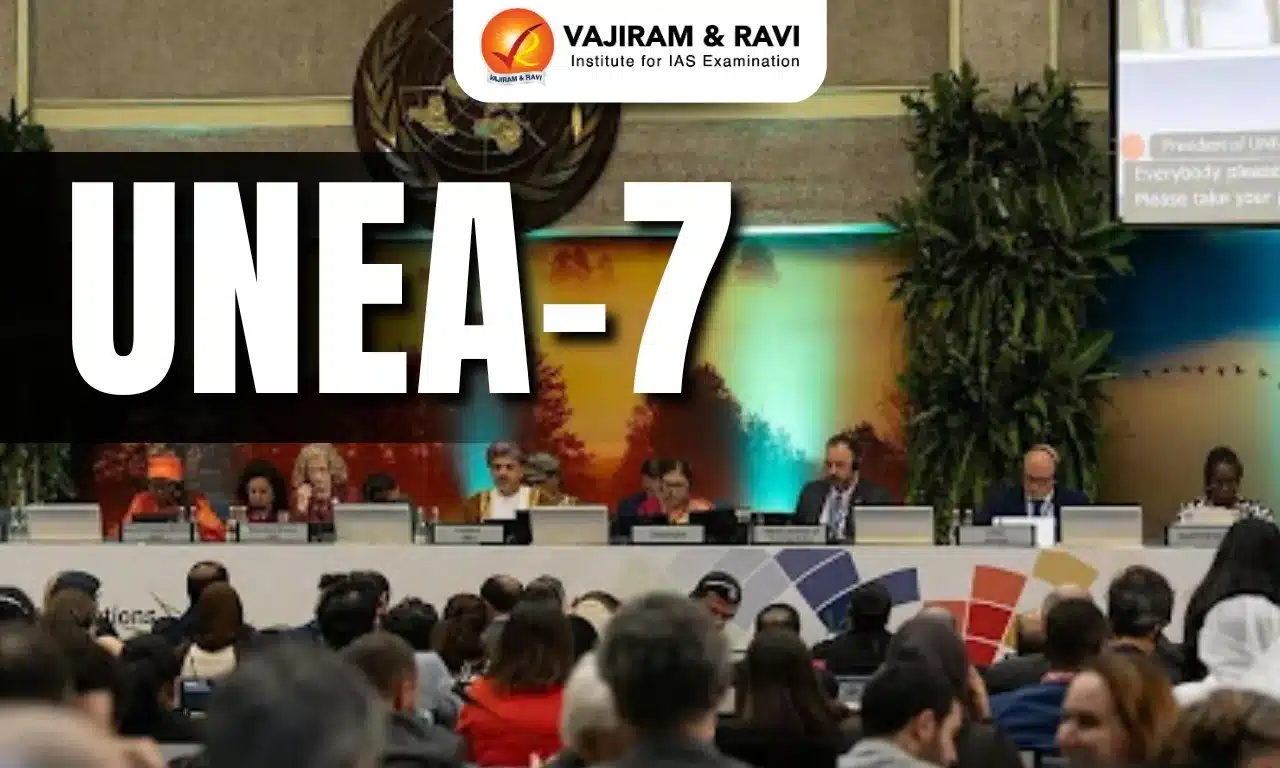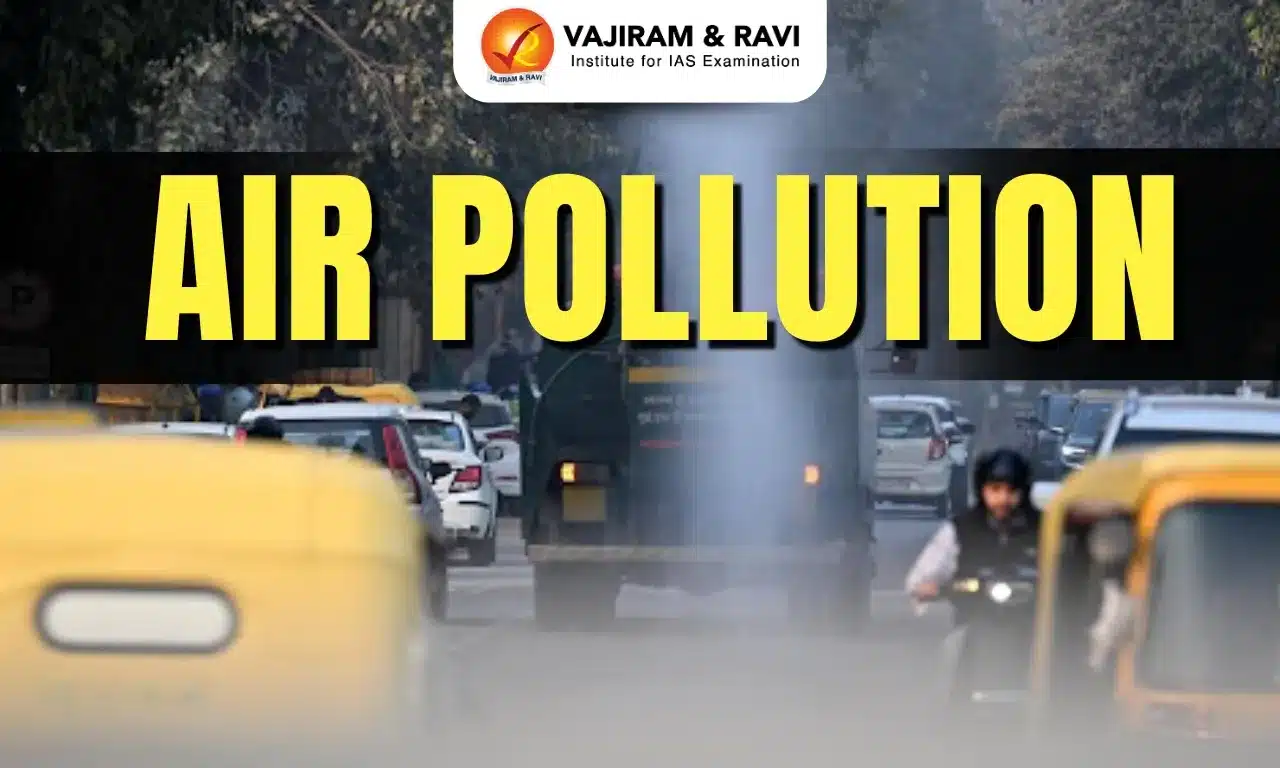What’s in today’s article?
- Why in News?
- Manual Scavenging in India
- Attempts to Abolish Manual Scavenging in India
- Salient Features of the PEMSR Act 2013
- Other Efforts to Abolish Manual Scavenging in India
- Concerns Regarding the Implementation of above Measures
- New Summary
Why in News?
- According to the Ministry of Social Justice and Empowerment (MoSJ&E), a total of 530 districts (out of total 766) across the country had so far reported themselves to be free of manual scavenging.
Manual Scavenging in India:
- As per International Labor Organisation (ILO), manual scavenging includes mainly the disposal of human excreta from dry latrines, public streets and the maintenance and sweeping of septic tanks, sewers and gutters.
- Though found in other regions of the world, the practice is most popular in India, where people from lower castes (over 90% are SC) are typically involved in carrying out manual scavenging, which is considered the worst remaining evidence of being an untouchable.
- In India, ~58,098 people worked as manual scavengers as of 2018 and 941 people have died (since 1993) due to accidents while undertaking hazardous cleaning of sewer and septic tanks.
Attempts to Abolish Manual Scavenging in India:
- The Employment of Manual Scavengers and Construction of Dry Latrines (Prohibition) Act, 1993.
- It covered only dry latrines and the definition of manual scavenging was restricted to a person employed for manually carrying human excreta.
- Also, there was no stress laid upon the rehabilitation of these workers and the lenient penal punishment could not create deterrence in society.
- The Prohibition of Employment as Manual Scavengers and their Rehabilitation (PEMSR) Act 2013 replaced the Act of 1993.
- Unlike the previous act, which was drafted with cleanliness in mind, the current legislation emphasises the human dignity, rights and rehabilitation of manual scavengers.
- Safai Karamchari Andolan v. Union of India (2014): The SC highlighted the importance of rehabilitation, to prevent present as well as future generations from working as a manual scavenger.
Salient Features of the PEMSR Act 2013:
- It bans manual scavenging and widened the definition of manual scavengers – to include all forms of manual removal of human excreta like an open drain, pit latrine, septic tanks, manholes and removal of excreta on the railway tracks.
- It calls for a survey of manual scavenging in urban and rural areas and the conversion of insanitary latrines into sanitary latrines.
- It makes it obligatory for employers to provide protective tools to the workers.
- It lays key focus on rehabilitating the manual scavengers by providing them with ready-built houses, financial assistance and loans for taking up alternate occupation on a sustainable basis.
- The offence of manual scavenging has been made cognizable and non-bailable.
Other Efforts to Abolish Manual Scavenging in India:
- Self-Employment Scheme for Rehabilitation of Manual Scavengers (SRMS): It was revised in 2013, with the:
- Provision of One Time Cash Assistance of Rs. 40,000/- to one identified manual scavenger in the family.
- Capital subsidy upto Rs. 3.25 lakh to identified manual scavengers and their dependents for self-employment projects upto Rs. 10.00 lakh.
- Skill Development Training upto two years to identified manual scavengers and their dependents with stipend @ Rs. 3,000/- per month during the training period.
- NAMASTE scheme: The National Action Plan for Mechanised Sanitation Ecosystem (NAMASTE) scheme was launched in 202223 for 100% mechanisation of sewer work by 2025-26. The SRMS has now been merged with the NAMASTE scheme.
- Launch of the Swachata mobile app in 2016: To complain for possible signs of ongoing manual scavenging.
Concerns Regarding the Implementation of above Measures:
- Non- compliance: With mandated safety measures and standard operating procedures (SOP) still causes fatal accidents in sewers and septic tanks.
- 330 people have died while being engaged in cleaning sewers and septic tanks in the last five years.
- Lack of financial assistance: For example, the Union Budget 2023-24 showed an allocation of only ₹100 crore for the NAMASTE scheme.
- Low conviction rate: In cases either under the Prohibition of Manual Scavenging Act or under the SC/ST Act.
New Summary:
- While 100% of districts in States like Bihar, Rajasthan, Tamil Nadu and a few others have declared themselves free of manual scavenging, in several States and UTs, only about 15% to 20% of the districts have reported so.
- For instance, in Manipur, just two of the 16 districts have reported as being manual-scavenging free.
- Similarly, in J&K, just 30% of the districts have declared themselves free of the practice with a similar number in Telangana. In Odisha and West Bengal too, over 60% districts are yet to report their respective status.
- However, UP, which had the highest number of manual scavengers (32,473) in two surveys conducted till 2018, has nearly 90% districts reporting that they had been made free of manual scavenging.
Q) Which state government in India has launched a robotic scavenger?
The Kerala government has launched a robotic scavenger, “Bandicoot”, to clean sewages, becoming the first state in the country to use robotic technology to clean all its commissioned manholes.
Q) What is Article 17 of the Indian Constitution?
Article 17 of the Indian Constitution states that “Untouchability” is abolished and its practice in any form is forbidden. The enforcement of any disability arising out of “Untouchability” shall be an offence punishable in accordance with the law.
Source: 530 districts reported as free of manual scavenging: Centre
Last updated on December, 2025
→ Check out the latest UPSC Syllabus 2026 here.
→ Join Vajiram & Ravi’s Interview Guidance Programme for expert help to crack your final UPSC stage.
→ UPSC Mains Result 2025 is now out.
→ UPSC Notification 2026 is scheduled to be released on January 14, 2026.
→ UPSC Calendar 2026 is released on 15th May, 2025.
→ The UPSC Vacancy 2025 were released 1129, out of which 979 were for UPSC CSE and remaining 150 are for UPSC IFoS.
→ UPSC Prelims 2026 will be conducted on 24th May, 2026 & UPSC Mains 2026 will be conducted on 21st August 2026.
→ The UPSC Selection Process is of 3 stages-Prelims, Mains and Interview.
→ UPSC Result 2024 is released with latest UPSC Marksheet 2024. Check Now!
→ UPSC Prelims Result 2025 is out now for the CSE held on 25 May 2025.
→ UPSC Toppers List 2024 is released now. Shakti Dubey is UPSC AIR 1 2024 Topper.
→ UPSC Prelims Question Paper 2025 and Unofficial Prelims Answer Key 2025 are available now.
→ UPSC Mains Question Paper 2025 is out for Essay, GS 1, 2, 3 & GS 4.
→ UPSC Mains Indian Language Question Paper 2025 is now out.
→ UPSC Mains Optional Question Paper 2025 is now out.
→ Also check Best IAS Coaching in Delhi

















